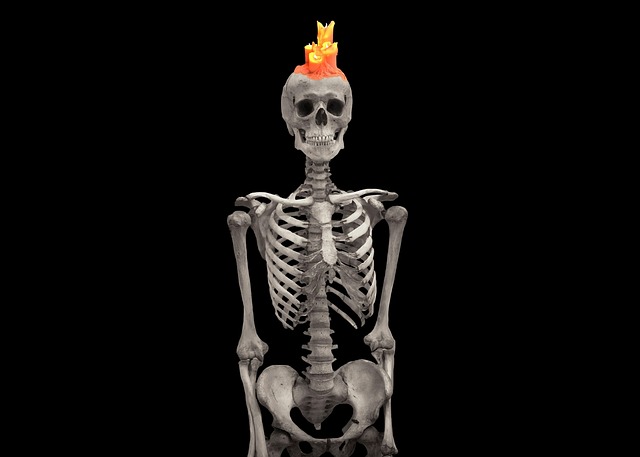
Rib Fractures
Introduction
Rib fractures are a common type of injury that can occur due to various forms of trauma, including falls, sports injuries, or vehicular accidents. Understanding the anatomy of the ribs, the mechanisms of injury, and the implications of rib fractures is essential for both prevention and treatment.
Anatomy of the Ribs
The human rib cage consists of 12 pairs of ribs, which play a crucial role in protecting vital organs within the thoracic cavity, such as the heart and lungs. The first seven pairs of ribs, known as true ribs, attach directly to the sternum via costal cartilage. The next three pairs, referred to as false ribs, connect to the sternum indirectly through the costal cartilage of the ribs above them. The last two pairs are termed floating ribs, as they do not attach to the sternum at all.
Mechanisms of Injury
Rib fractures typically occur when a significant force is applied to the rib cage. This force can be the result of direct trauma, such as a blow to the chest, or indirect trauma, such as severe coughing or a fall. The nature of the injury often determines the type of fracture sustained, which can range from simple cracks to complex fractures involving multiple ribs.
Types of Rib Fractures
Rib fractures can be classified into several categories based on their characteristics:
- Isolated Rib Fractures: These are single fractures that usually heal well with conservative management.
- Multiple Rib Fractures: Fractures involving two or more ribs can lead to complications such as flail chest, where a segment of the rib cage becomes detached and moves independently from the rest of the chest wall.
- Pathologic Fractures: These occur due to underlying conditions such as osteoporosis or tumors, making the ribs more susceptible to breaking.
Symptoms of Rib Fractures
The symptoms of rib fractures can vary depending on the severity of the injury. Common symptoms include:
- Pain at the site of the fracture, which may worsen with movement, deep breathing, or coughing.
- Swelling or bruising in the affected area.
- Difficulty breathing or shortness of breath, particularly if the injury affects the lungs.
Diagnosis
Diagnosis of rib fractures typically involves a thorough medical history and physical examination. Imaging studies, such as X-rays or CT scans, may be utilized to confirm the presence of a fracture and assess for any associated injuries to the lungs or other thoracic structures.
Treatment Options
Most isolated rib fractures can be managed conservatively. Treatment options include:
- Pain Management: Analgesics are often prescribed to manage pain and facilitate breathing.
- Rest: Patients are advised to avoid activities that may exacerbate pain or delay healing.
- Deep Breathing Exercises: These exercises help prevent complications such as pneumonia by promoting lung expansion.
In cases of multiple rib fractures or associated injuries, more intensive treatment may be necessary. This could include surgical intervention to stabilize the rib cage or address any underlying complications.
Complications
Rib fractures can lead to several complications, particularly if not properly managed. Potential complications include:
- Pneumothorax: Air may accumulate in the pleural space, leading to lung collapse.
- Hemothorax: Blood may collect in the pleural cavity, requiring drainage.
- Injury to internal organs: Fractures can cause damage to the spleen, liver, or kidneys, necessitating further evaluation and treatment.
Conclusion
Rib fractures are a significant concern due to their potential complications and impact on respiratory function. Understanding the anatomy of the ribs, the mechanisms of injury, and the appropriate management strategies is essential for effective treatment and recovery. Individuals experiencing symptoms of rib fractures should seek medical attention for a thorough evaluation and appropriate care.

















 Cyber Threats: A Practical Overview
Cyber Threats: A Practical Overview 
 Health
Health  Fitness
Fitness  Lifestyle
Lifestyle  Tech
Tech  Travel
Travel  Food
Food  Education
Education  Parenting
Parenting  Career & Work
Career & Work  Hobbies
Hobbies  Wellness
Wellness  Beauty
Beauty  Cars
Cars  Art
Art  Science
Science  Culture
Culture  Books
Books  Music
Music  Movies
Movies  Gaming
Gaming  Sports
Sports  Nature
Nature  Home & Garden
Home & Garden  Business & Finance
Business & Finance  Relationships
Relationships  Pets
Pets  Shopping
Shopping  Mindset & Inspiration
Mindset & Inspiration  Environment
Environment  Gadgets
Gadgets  Politics
Politics 